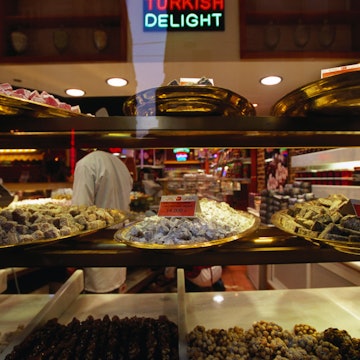

©Givaga/Getty Images
Overview
A richly historical land with some of the best cuisine you will ever taste, scenery from beaches to mountains and the great city of İstanbul.
Leave the planning to a local expert
Experience the real Türkiye. Let a local expert handle the planning for you.
Must-see attractions
Planning Tools
Expert guidance to help you plan your trip
Best Things to Do
Türkiye presents such a deep menu of stunning landscapes and beaches, modern cities and ancient ruins that any list of what to see is long and varied.
Read full article
Best Places to Visit
Türkiye's diversity of landscapes and heritage surprises some travelers. After seeing İstanbul and the country's top beaches, stop at these amazing places.
Read full article
Best Time to Visit
With its beaches, mountains, deserts and megacities, Türkiye has something to offer travelers in all seasons. Here’s a full guide on just when to visit.
Read full article
Transportation
Cheap, frequent domestic flights, generally well-maintained roads and a vast bus network give travelers ample options for getting around Türkiye.
Read full article
Visa Requirements
From visa costs to rules around cruise passengers, our guide to Turkey’s entry requirements covers everything you need to know before visiting the country.
Read full article
Best Road Trips
With nearly 8000km of coastline and an incredibly diverse landscape, exploring Türkiye on a road trip is a delight. Here are 8 of our favorites.
Read full article
Get Connected
Stay fully connected on your next trip to Türkiye with this guide to local wi-fi networks, roaming charges, eSIMs and data.
Read full article
Get a book. Get inspired. Get exploring.
in partnership with getyourguide























